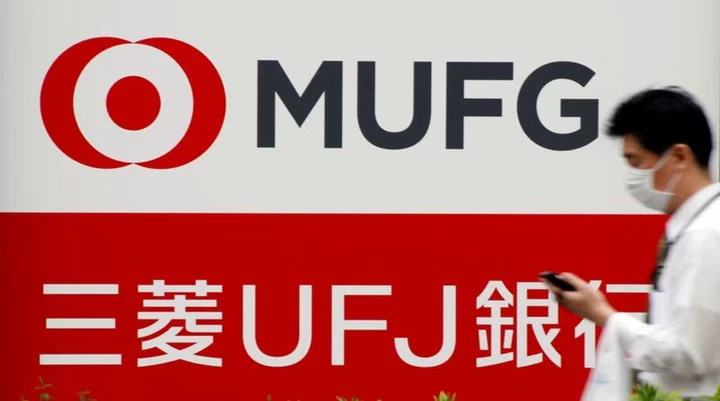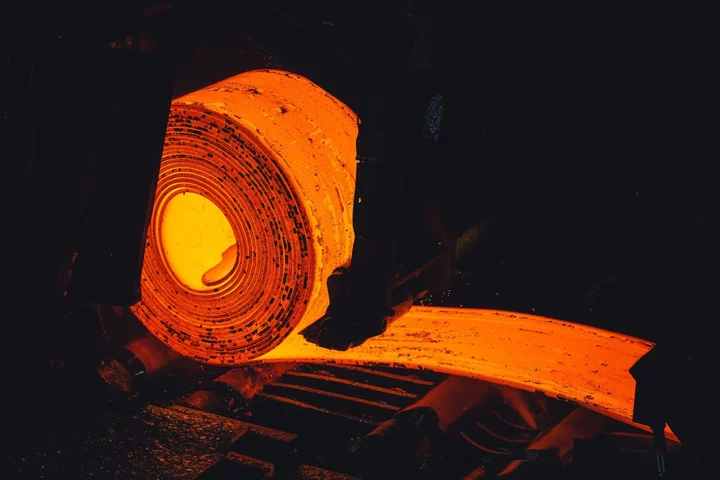The European Union must invest an additional €700 billion ($763 billion) a year if it’s to green the economy and shut out cheap Russian fossil fuels, according to a draft report from the bloc’s executive arm.
Most of that figure will have to be privately sourced, the European Commission said in the draft seen by Bloomberg News. The vast sum — significantly higher than that proposed by Commission President Ursula von der Leyen less than two years ago — underlines the escalating costs of reaching net zero goals.
“The green transition requires unprecedented investments,” the commission said in its so-called Strategic Foresight report, which is still subject to change before publication Wednesday. “The full costs and consequences of the climate and biodiversity crisis are unknown.”
The EU, targeting a 55% cut in emissions this decade, needs to boost spending on clean technologies amid growing competition from the US and China. The bloc must also ensure energy security as it weans itself off Russian gas, while tackling rising borrowing costs and huge debts built up by companies during the pandemic.
The EU has already earmarked €578 billion, almost a third of its multiannual budget, for climate-related action from 2021 to 2027. In November 2021 — before Russia’s invasion of Ukraine triggered an energy crisis and runaway inflation — von der Leyen said an additional €470 billion a year would be needed. That figure is dwarfed by the commission’s latest recommendation.
Given the limited resources of the EU’s budget, the bulk of the new investment will have to come from the private sector, while member states must also tap their own funds, according to the report. It highlighted the risk of a subsidy race among nations, which would put a strain on the bloc’s single market.
“The EU level of venture capital investment, although catching up with the US, still falls short,” it said. “This results in a lower innovation rate and the potential of capital markets for financing the transitions remaining underdeveloped.”
The commission produces the Strategic Foresight report every year to inform its multiannual programs.
--With assistance from Ewa Krukowska.









